The United States is home to over 90,000 federally protected sites on the National Register of Historic Places. Found in both urban and rural settings, these sites hold their own fascinating histories that deem them worthy of preservation. They range from significant presidential sites to heritage homes, lost colonies, defensive forts, and groundbreaking railroads and steamboats. Find yourself fascinated by U.S. history? Check out these seven lesser-known National Historic Landmarks.
Allegheny Portage Railroad National Historic Site – Gallitzin, Pennsylvania

The Allegheny Portage Railroad was a pioneering railroad that was the first to be constructed over Pennsylvania’s Allegheny Mountains. Operating between 1834 and 1857, it linked the once-disconnected branches of the Erie Canal. It provided the first direct route between Philadelphia and Pittsburgh, a journey that took about four days. People, merchants, cargo, and even canal barges were transported along the railroad, helping to generate trade and settlement in the interior of the country.
Established in 1964, the Allegheny Portage Railroad National Historic Site explores what life used to be like for those who worked on and used the railroad. At the Summit Visitor Center, a short movie and interactive exhibits present an historical overview of the railroad. Reproductions of machinery are on display in Engine House No. 6 Exhibit Shelter, and the Lemon House Tavern recreates the scene of a travelers’ rest stop. Nearby, visitors can also discover 15 miles of hiking and biking trails.
The Carrie Nation House – Medicine Lodge, Kansas
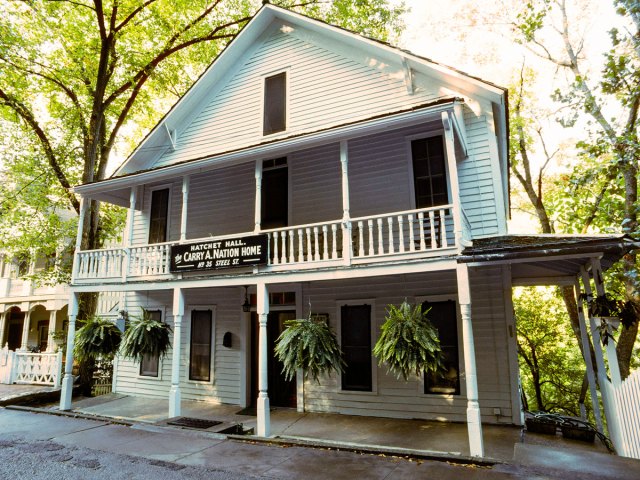
Born in Grand County, Kentucky, in 1846, Carrie Amelia Moore Nation was a radical member of the temperance movement. Describing herself as “a bulldog running along at the feet of Jesus, barking at what he doesn’t like,” she made it her life’s mission to oppose alcohol prior to Prohibition. To promote her beliefs, Nation was known for attacking saloons and other alcohol-serving establishments with rocks and a hatchet. The latter earned her the nickname, “Hatchet Granny,” and the incidents led to her being arrested over 30 times between 1900 and 1910.
The Carrie Nation House in Medicine Lodge, Kansas, is the former home of the activist leader, where she launched the first of her temperance crusades. Declared a National Historical Monument in 1976, it features photos and memorabilia from Nation’s tumultuous life. Visitors can also explore displays of period furnishings, including her writing desk, oak bed, walnut dresser, and pump organ.
The Delta Queen – Houma, Louisiana
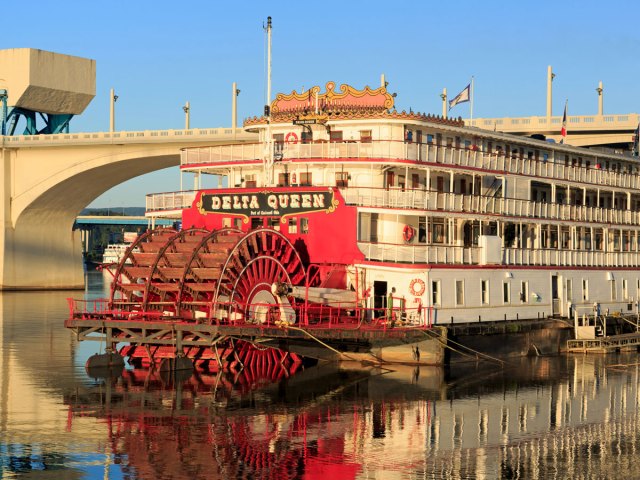
Built in 1926 and inaugurated a year later, the Delta Queen is one of the last remaining links to over 200 years of American steamboat transportation. Alongside its sister ship, the Delta King, the Delta Queen originally ferried freight and passengers on overnight journeys between Sacramento and San Francisco. The historic steamboat was known for its lavish interiors, including hardwood paneling, stained-glass windows, and crystal chandeliers. During its heyday, the ship welcomed three Presidents onboard: Herbert Hoover, Harry Truman, and Jimmy Carter.
By 1940, as highways and railroads improved, the Delta Queen was taken out of service. However, it found a new lease of life with the U.S. Navy following the outbreak of World War II. During this time, the steamboat transported up to 3,000 soldiers a day from the piers of San Francisco to nearby military vessels. Following the war, the boat was sold to a private owner, and it returned to the waterways as a tourist steamboat on the Mississippi and Ohio Rivers. Today it’s moored in Houma, Louisana, where (as of 2023) it awaits renovations before once again sailing the rivers of the American South.
First Ladies National Historic Site – Canton, Ohio
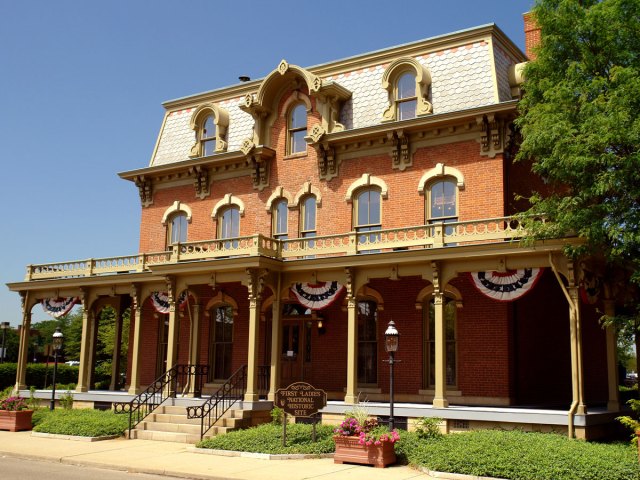
Located in downtown Canton, the First Ladies National Historic Site consists of two properties that together celebrate the contributions of the various First Ladies of the United States. Saxton House is the childhood family home of Ida Saxton, who served as First Lady from 1897 to 1901. It also became the primary residence of Saxton and her husband William McKinkey, who became the 25th President. Docent-led tours of the Victorian home offer an insight into the lives of Saxton and McKinley, as well as an overview of the evolution of the role of First Lady.
Adjacent to Saxton House, situated in Canton’s former City National Bank building, is the site’s Education Center. Rotating exhibitions are organized by the National First Ladies Library, established in 1996, and showcase the lives and legacies of former First Ladies and the people who worked closely with them. Topics range from fashion to etiquette and diplomacy.
Fort Raleigh National Historic Site – Manteo, North Carolina
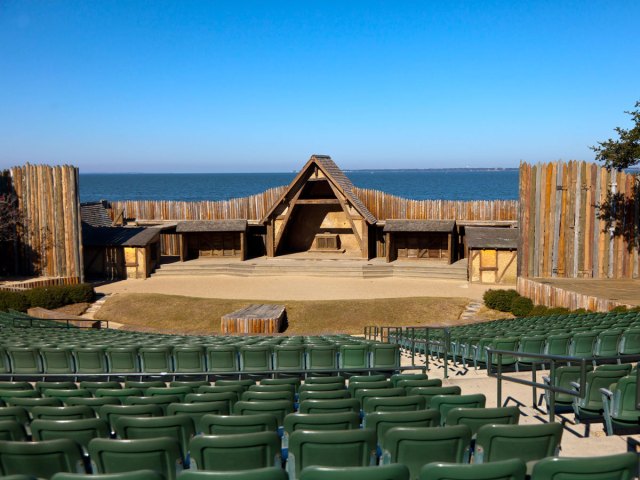
Located between the Outer Banks and mainland North Carolina, Roanoke Island is the site of a mysterious “lost colony” from the late 16th century. Inhabited by the Carolina Algonquian peoples for centuries prior, the island saw the arrival of English colonists in 1584. With the help of investors such as Sir Waler Raleigh, a settlement was established in 1587. Curiously, when ships arrived at the island with supplies three years later, all members of the colony had vanished without trace. It thus became known as the “Lost Colony of Roanoke,” which today is the Fort Raleigh National Historic Site.
Almost three centuries after the mysterious disappearance of the English colonists, the Freedmen’s Colony was established on Roanoke Island in 1863. It served as a shelter for once enslaved peoples looking for a safe haven following the Civil War. Visitors can learn about the island’s history and inhabitants at the visitor center and walk around the island’s various interpretive trails. The island also inspired Paul Green’s play The Lost Colony, which has been performed almost continuously at an amphitheater in Manteo since 1937.
Huffman Prairie Flying Field – Dayton, Ohio
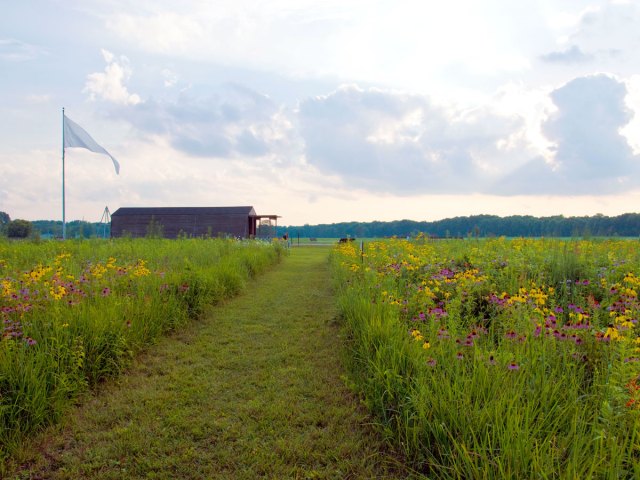
Legendary aviation pioneers Wilbur and Orville Wright flew their powered aircraft for the first time in Kitty Hawk, North Carolina, in 1903. Following the world’s first manned flight, the brothers returned to their hometown of Dayton, Ohio, to build upon their groundbreaking achievement. Local banker Terrance Huffman offered the brothers the use of his pasture as a flight-testing site, and today it’s known as Huffman Prairie Flying Field. In 1904 and 1905, the brothers completed over 150 flights here in a mission to develop the world’s first practical aircraft. They returned in 1910 to use the field as a testing ground and flying school for the Wright Company.
Located adjacent to Wright-Patterson Air Force Base, the flying field contains exhibits with images and information about the brothers’ achievements. Also on display are replicas of the aircraft hangar and catapult, which was used to generate the speed required for a successful takeoff. Nearby, the Huffman Prairie Interpretive Center is home to the Wright Memorial.
John Muir National Historic Site – Martinez, California
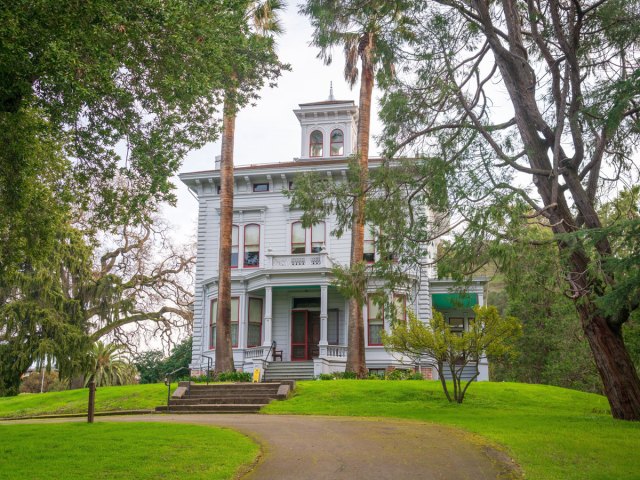
A lover of all things nature and an advocate for the preservation of the American wilderness, John Muir is often referred to as the “Father of the National Parks.” His writings in the late 19th century popularized a new idea of land conservation and helped convince Presidents and members of Congress to protect the country’s natural treasures. Among Muir’s major achievements were his involvement in the creation of Yosemite, Sequoia, Grand Canyon, and Mount Rainier national parks. He was also a co-founder of the Sierra Club, an influential environmental group.
Today, the John Muir National Historic Site honors Muir’s fondness of the natural world and his efforts to preserve it. At the heart of the site is the magnificent 17-room Strentzel/Muir Home. Built by Muir’s father-in-law, it’s where Muir spent the last 24 years of his life. A trail near the house leads up to Mount Wanda, where Muir would walk through nature with his daughters. Today’s visitors can check for seasonal activities such as campfires, bird spotting, and full moon walks.
More from our network
Daily Passport is part of Optimism, which publishes content that uplifts, informs, and inspires.























